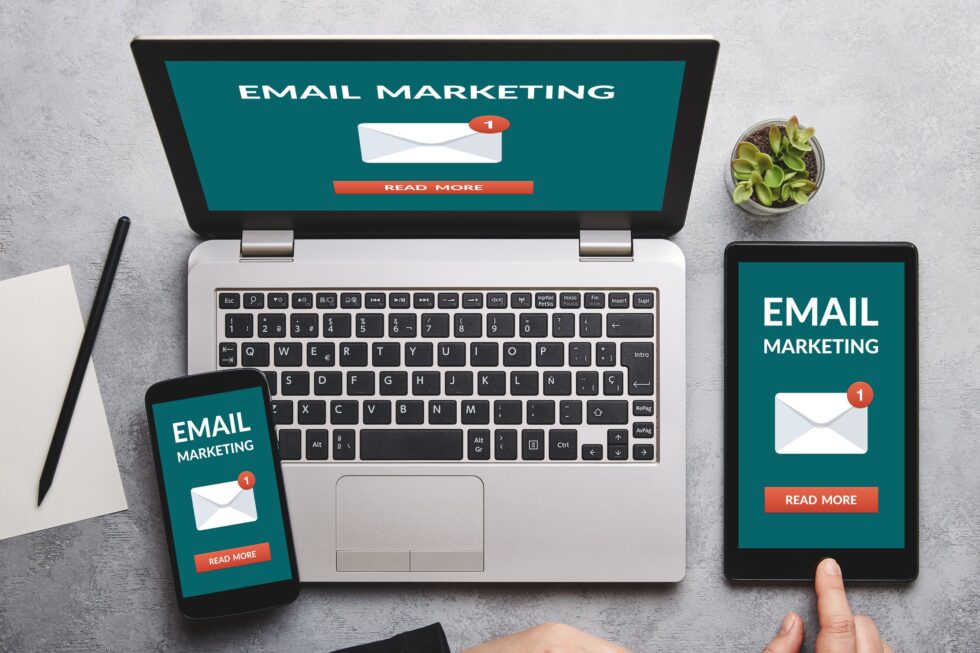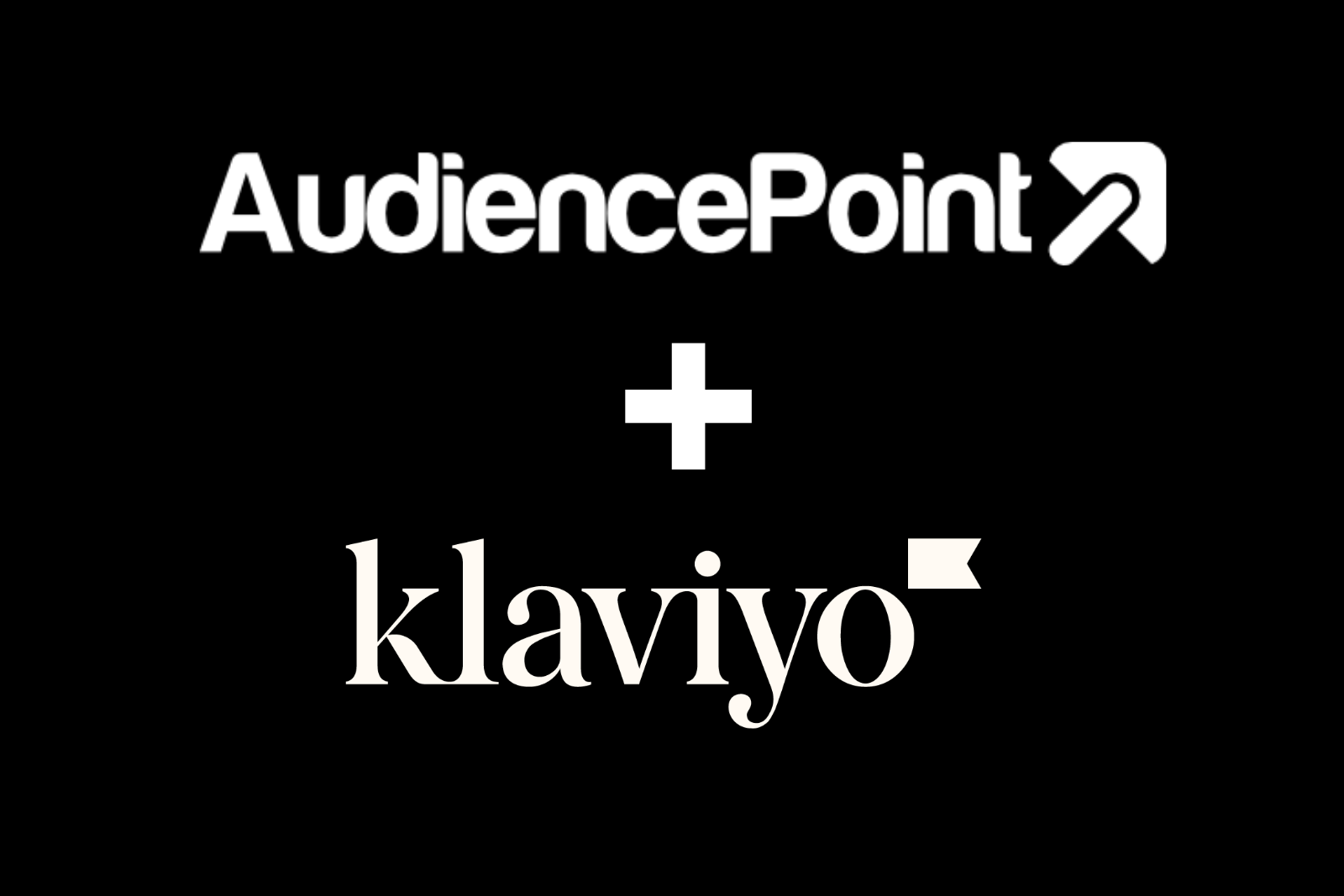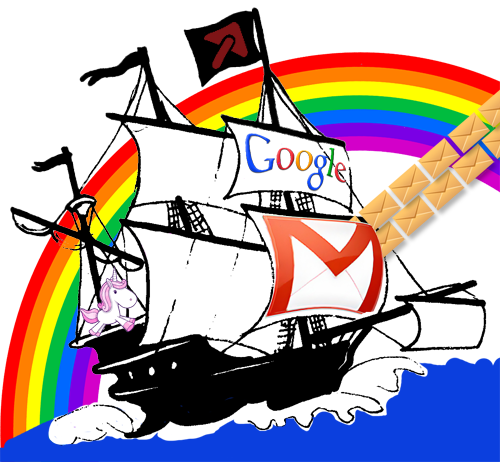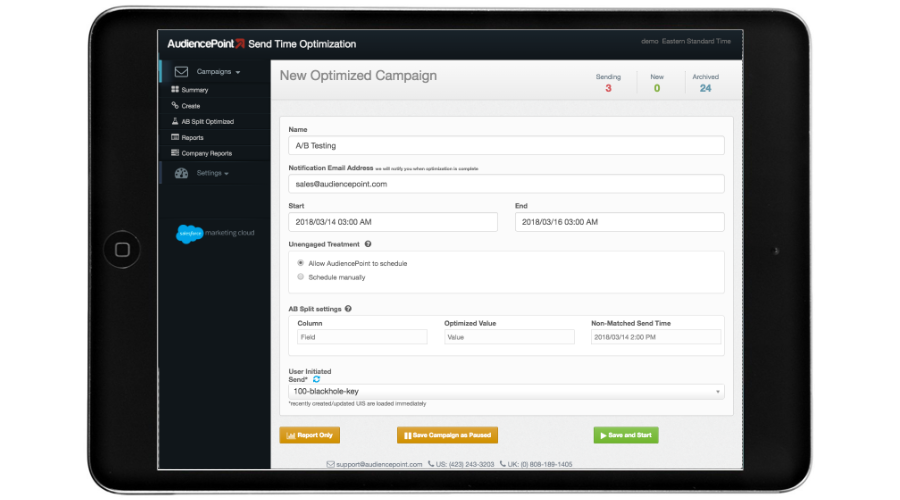AudiencePoint is thrilled to announce our new integration with Klaviyo! AudiencePoint is looking for partners to pilot our...
Have you heard about the benefits of cold emails to land new clients and business prospects? Many marketers, entrepreneurs, and freelancers are taking notice of cold email as a great strategy.
Since many business professionals who are looking for new prospects have more time at night to craft some tremendous cold emails after they’ve finished their day of work, it’s common to wonder if sending them at night would be a good idea.
This article will cover sending cold emails at night and what the statistics say to help you strategize effectively. Keep reading to get all the details.
What Is the Average Cold Email Statistics?
Before we get into the topic of sending cold emails at night, let’s look at the average cold email statistics to give you some context about the appropriate strategy.
Cold Email Response Rate
The average cold email response rate is 8.5%. That’s a very good rate for an initial response when you’re emailing prospects who have never heard about your services before.
So if you send 100 cold emails, you could expect about eight people to respond. That would be a very scalable approach to building a solid clientele once you implement some email automation and targeted lead scraping strategies.
Cold Email Response Time
Research shows that you’ll receive 85-90% of responses to your cold email within the first 12 hours. Additionally, you can expect 98% of responses to cold emails within the first 24 hours.
Things move quickly in today’s digital economy, so it’s not surprising that anyone interested in your offer would likely respond within the same day or even right after seeing it.
How Long Is Too Long to Wait for an Email Response?
If you’re wondering how long to wait for a cold email response, it’s best not to wait more than a week. After seven days, there’s virtually no possibility that the prospect will still be mulling over your offer. Most cold email experts recommend following up a week after your initial email.
Cold Email Open Rate
The average cold email open rate is around 15-25%. Open rates for cold emails can vary by industry, so there’s no single cut-and-dry average here. But overall, if you can get around 20% of prospects who’ve never heard of you before opening your content, you’re on a pretty good track toward success there.
The one thing you’ll want to remember with open rate is that Apple MPP can skew this metric. Using tools like AudiencePoint’s that isolates Apple MPP opens from reporting is a best practice to get correct metrics.
Cold Email Frequency
Usually, statistics show that if you send three cold emails with no response, there’s a very low chance the prospect will be interested in your offer. You’ll also want to time the frequency of those cold emails right to avoid being off-putting to potential prospects.
How Often Should You Cold Email?
Typically, once a week is a good frequency for cold emails. That means, within three weeks, you should know whether a prospect will convert.
As for how many prospects you can reach out to per day, contacting 25-50 cold leads per day is a good number. You don’t want to send too many cold emails at once because your domain can get flagged for spam, so you’ll want to manage timing and frequency accordingly.
Should Cold Emails Be Long or Short?
There’s no one size fits all solution here. Depending on the complexity of your services, some will benefit from longer emails, whereas others will be better off with shorter emails.
Within the three cold emails you potentially have to send to prospects, a good strategy can be to vary the length. The first one could be short, then make the second one longer, and end with a medium-length third email. Once you go through that process, the prospect should have a solid idea about what you’re offering to make up their mind.
Sending Cold Emails at Night
As far as sending cold emails at night, you can probably tell from the above data that it’s not the best strategy. Here’s why.
Is It Good to Email Late at Night?
Sending cold emails at night may not be a good idea since most of your responses happen within the first 8-12 hours of contacting prospects. Many of your prospects may be asleep or getting ready for bed at night. If they don’t see your email right away, it’s already cutting into that prime time for when prospects are most likely to respond.
Many cold email responses don’t happen after 12 hours because of the volume of emails that the average person receives. With hundreds of emails landing in our inboxes daily, your content may get buried by others trying to contact that person. So you really want to email at a time when prospects will be the most active in checking inboxes.
Is Sending Emails Late at Night Rude?
While sending emails late at night might not work the best to get a response, it isn’t rude to do so. Your prospects don’t know you, so it’s not unprofessional, like receiving an email from a boss or co-worker late at night.
However, one thing to consider is if you’re working with prospects professionally, emailing them at 2 am can start things off with a weird impression about how you manage your schedule. So consider who you’re contacting to determine if your cold email would come off that way.
Best Time to Send Cold Emails
If you’re looking for a good time range to send cold emails, 9 am-3 pm usually works well for good open and response rates. However, the timeframe can vary depending on your target audience, so you’ll have to consider when your prospects will be the most active.
If you’re wondering how to optimize send times and email marketing strategies effectively, AudiencePoint can help.
How AudiencePoint Can Improve Your Email Marketing Strategy
No matter where you are in you existing email strategy, AudiencePoint can help. Our email insight software will track data from your campaigns and provide actionable insights on new strategies you can implement to increase key engagement metrics.
If you want to optimize send times, get data in real-time, identify inactive subscribers, and more, AudiencePoint will have the tools you need. Contact AudiencePoint today for more information about getting started.





